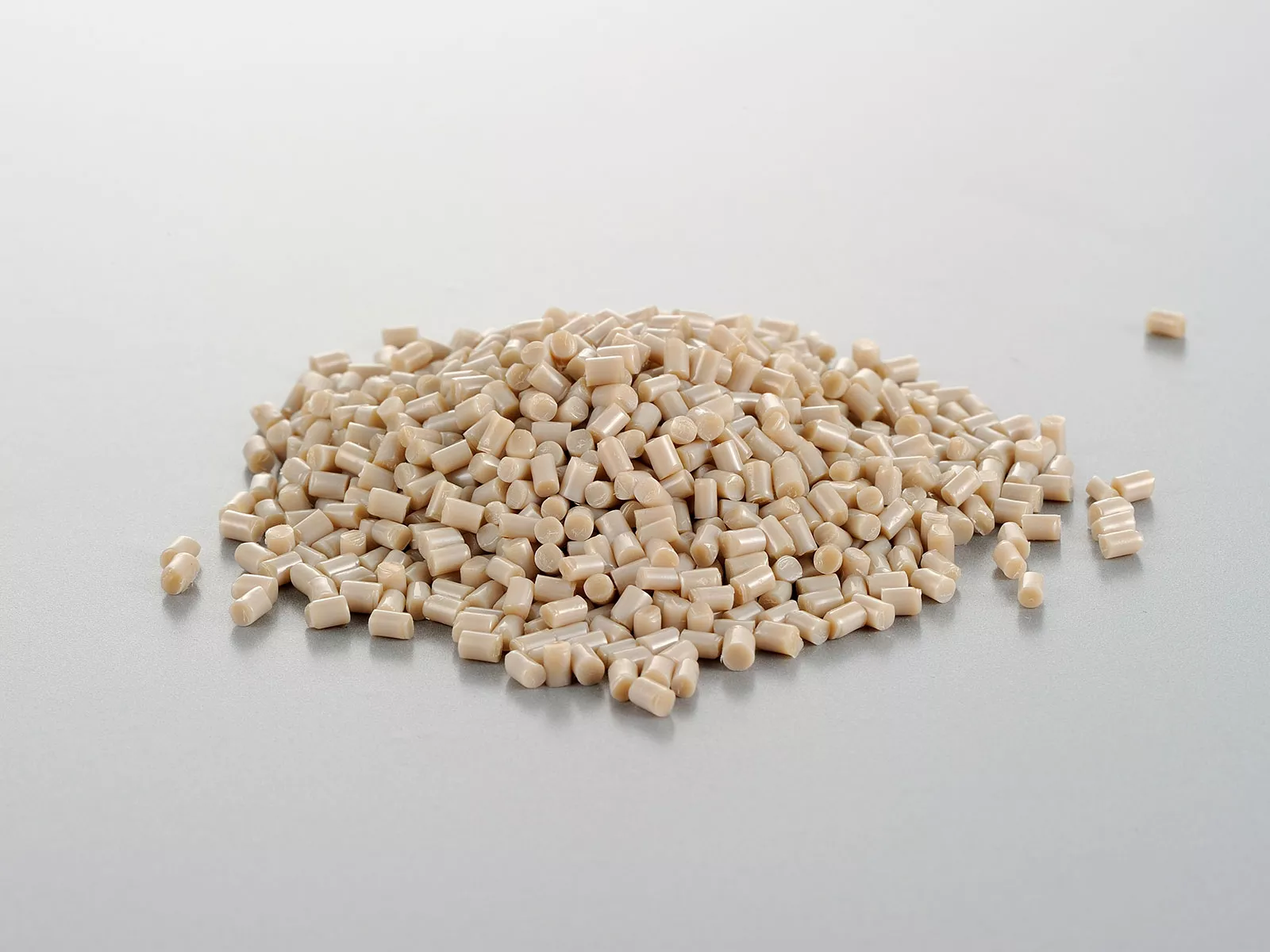Ceramic non-stick coatings are formed through the sol-gel method, which involves the hydrolysis, condensation, polymerization, and crosslinking of silica sol and silane monomers in the presence of organic or inorganic acid catalysts. This process results in the formation of an organic-inorganic composite coating with a ceramic or glass-like [Si-O-Si] crosslinked structure.

Ceramic non-stick coatings formed method
The non-stick properties of ceramic coatings are primarily attributed to the presence of silicon elements and low surface energy additives, such as silicone oil, on the coating surface. The methyl groups (CH3) on the silicone oil molecules play a crucial role in providing the non-stick characteristics. However, silicone oil is not chemically bonded to the ceramic coating system and is almost free-floating within the coating matrix.
Consequently, under prolonged exposure to high temperatures, cooking wear, or salt water detergents, the silicone oil on the surface of the ceramic coating gradually depletes through migration, decomposition, or evaporation. This depletion makes it challenging for ceramic coatings to maintain long-lasting non-stick properties during extended use.
How to Improve the Performance of Ceramic non-stick coatings?
To address the challenge of maintaining long-term non-stick performance, Pfluon has developed a novel grafting modification technology. This technology involves introducing tetramethyl divinyl disiloxane (TMDS) during the later stages of the ceramic non-stick coating curing process. TMDS grafts methyl (CH3) and phenyl groups onto the coating, thereby enhancing the long-lasting non-stick properties of the ceramic coating.

The Grafting modification mechanism of TMDS
TMDS is an organosilicon compound belonging to the siloxane family. Its structure consists of two silicon atoms, each connected to a phenyl group (C2H5) and two methyl groups (CH3), with the silicon atoms linked by an oxygen atom. This unique structure imparts excellent hydrophobicity, good chemical stability, and favorable reactivity to the compound.
The grafting modification mechanism of TMDS involves capping the small portion of unreacted hydroxyl groups in the ceramic non-stick coating system while simultaneously grafting methyl (CH3) and phenyl groups onto the coating. This modification brings about three significant benefits:
a. Elimination of the adverse effects of active groups: By capping the unreacted hydroxyl groups, the grafting modification reduces the potential for these active groups to cause a decrease in non-stick performance.
b. Enhancement of non-stick properties and heat resistance: The introduced methyl (CH3) groups provide excellent non-stick properties, while the phenyl groups impart improved heat resistance to the ceramic non-stick coating.
c. Improved long-lasting non-stick performance: Since the methyl and phenyl groups are chemically bonded to the ceramic non-stick coating, they are more stable within the coating matrix and less prone to evaporation or decomposition, resulting in more durable non-stick properties.
Performance Comparison: Grafting Modified vs. Unmodified Ceramic Coatings
The grafting modification technology using TMDS introduces methyl (CH3) and phenyl groups that are chemically bonded throughout the ceramic coating, making them more resistant to evaporation or decomposition compared to conventional ceramic coatings. This modification results in improved performance and more long-lasting non-stick properties.
Pfluon’s laboratory tests have demonstrated the significant enhancements in non-stick properties, heat resistance, chemical resistance, and wear resistance of the grafting modified ceramic non-stick coatings compared to their unmodified counterparts. The test results serve as a reference for comparing the potential performance improvements achievable through this modification technology.
Pfluon’s Commitment to Innovation and Customer Success
The grafting modification technology showcased in this article is just one of the many product performance enhancement solutions developed by Pfluon. The company remains committed to introducing groundbreaking technologies and products to meet the diverse needs of industries and customers, contributing to the advancement of the field and the success of its clients.
As Pfluon continues to innovate and refine its ceramic non-stick coating technology, customers can expect to benefit from the company’s dedication to delivering high-performance, durable, and long-lasting non-stick solutions. By partnering with Pfluon, businesses can leverage the company’s expertise and cutting-edge technologies to enhance their products and gain a competitive edge in their respective markets.
The Future of Ceramic Non-Stick Coatings
The development of grafting modification technology represents a significant milestone in the evolution of ceramic non-stick coatings. By addressing the challenges associated with maintaining long-term non-stick performance, Pfluon has opened up new possibilities for the application of ceramic coatings in various industries.
As the demand for high-performance, eco-friendly, and durable non-stick coatings continues to grow, Pfluon is well-positioned to lead the way in innovating and advancing ceramic non-stick coating technology. The company’s ongoing research and development efforts aim to push the boundaries of what is possible with ceramic coatings, enabling customers to benefit from the latest advancements in the field.
Conclusion
As Pfluon continues to innovate and develop new technologies, customers can expect to benefit from the company’s commitment to delivering high-performance, durable, and long-lasting ceramic non-stick coating solutions. With its global presence, industry partnerships, and dedication to customer success, Pfluon is well-positioned to lead the way in advancing ceramic non-stick coating technology and helping businesses achieve their goals.





